People often use body language (kinesics) as a physical, nonverbal form of communication to convey some feeling or intention. Common body languages include postures, gestures, facial expressions, and eye movements, which give away some clues to how you may really feel. Here are some body language meanings which can help you understand what other people are conveying.
Body Languages and Their Meaning
Arms crossed in front of the chest
This is one of the body language examples that indicate that one is being defensive. The body language meaning of crossed arms may also show disagreement with opinions and actions of other people with whom you are communicating.
Biting of nails
Nail biting demonstrates nervousness, stress, or insecurity. Many people bite nails without realizing they have the habit.
Hand on cheek
This body language example indicates that one is lost in thought, maybe considering something. When your hand is on your cheek and your brows are furrowed you may be in deep concentration.
Finger tapping or drumming
This action demonstrates that one is growing tired or impatient while waiting.
Touching the nose
Touching or rubbing the nose signifies disbelief, rejection, or lying about something.
Brisk rubbing of the hands
This may show that the hands are cold, which may mean that one is excited about something, or waiting eagerly.
Placing finger tips together
This is called "steepling," or placing fingertips together to demonstrate control or authority. This is one of the body language examples that bosses and other authority figures use to show that they are in control.
Open palms, facing upward
This gesture is a sign of honesty, sincerity, submission, and innocence. This is how some people show submission and respect during church worship.
Head in hands
The body language meaning of this gesture may be that of boredom, being upset, or being ashamed, so one does not want to show their face.
Locking of ankles
Whether you are sitting or standing, when your ankles are locked, you are communicating apprehension or nervousness.
Stroking the chin or beard
This communicates that one is in deep thought. This action is often done unintentionally when one is trying to come up with some decision.
Ear pulling
Pulling an ear lobe can mean one is trying to make a decision, but remains indecisive about something.
Head nodding
This gesture usually signifies agreement or bowing, a submissive gesture that shows one is going along with another person's opinions.
Lint picking
Picking of imaginary lint is another one of the body language examples of displacement gestures, which one uses to show disapproval of the attitudes or opinions of other. This action makes one look away from the other person while doing some irrelevant action.
Catapult posture
This seated version of the “Hands-on-Hip” male posture with the hands behind the head and elbows pointed out is used to intimidate or show a relaxed attitude, thus giving a false sense of security before an ambush is made.
Lowered head
This indicates one is hiding something. When you lower your head while you are being complimented, you may be showing shyness, shame, or timidity. It may also convey that you are keeping distance from another person, showing disbelief, or thinking to yourself.
More examples
Standing straight, with shoulders back – this posture shows that one is feeling confident and it is often accompanied by walking with brisk strides.
One-sided head tilt – tilting the head suggests that one is listening with interest in what others are saying.
Overly tilted head – this may be a sign of sympathy, playfulness or flirtation, when accompanied by a smile. However, depending on your eye, brow or mouth gestures, a tilted head may mean that you are confused or maybe challenging someone.
Looking down, away from the body – this may indicate guilt or shame. To validate this feeling, revert back to the discussion and see if the body language meaning is the same.
Standing, hands on hips – can mean readiness or aggression
Shifting of weight or foot movement – suggests that one is impatient, nervous, excited, scared, or even intimidated.
Sitting, legs crossed, slight kicking of foot - can mean boredom
Sitting, with legs apart – a relaxed posture
Walking, hands in pocket, hunched shoulders – can mean dejection
Eye rubbing – can mean doubt or disbelief
Hands clasped behind back – can mean frustration, anger, or apprehension
Pinching the nose bridge, eyes closed – shows negative evaluation
Patting or fondling hair – shows insecurity or lack of self-confidence
Quick tilting of head – shows interest
Prolonged tilting of head – shows boredom


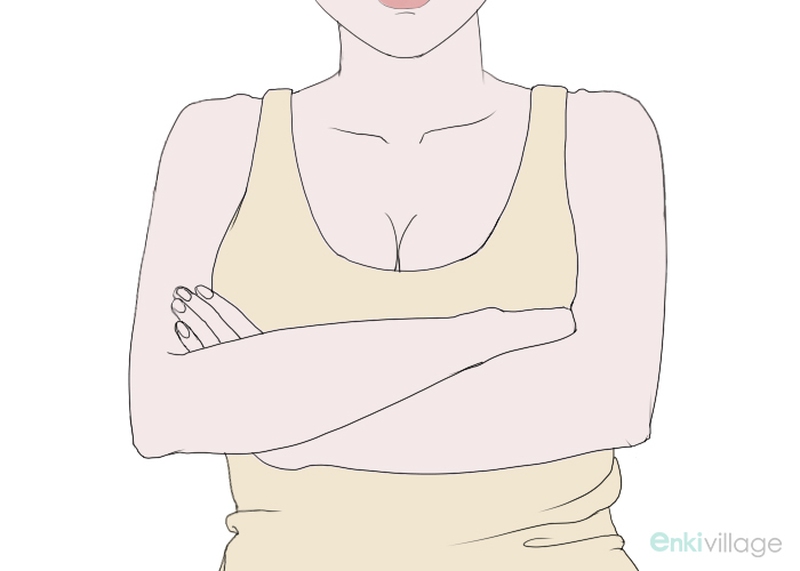
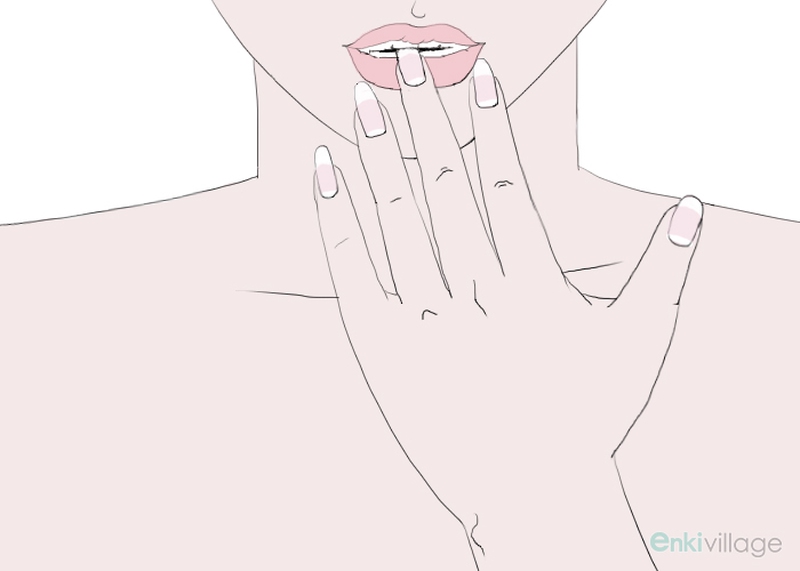
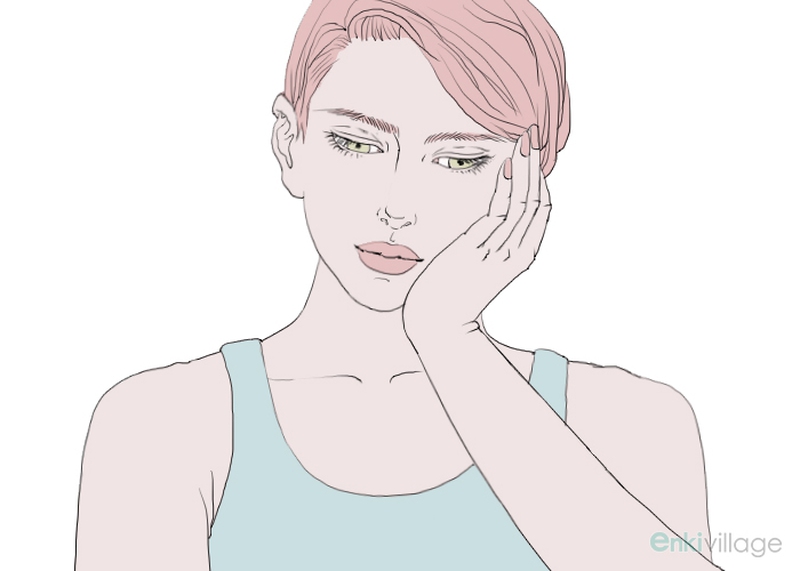
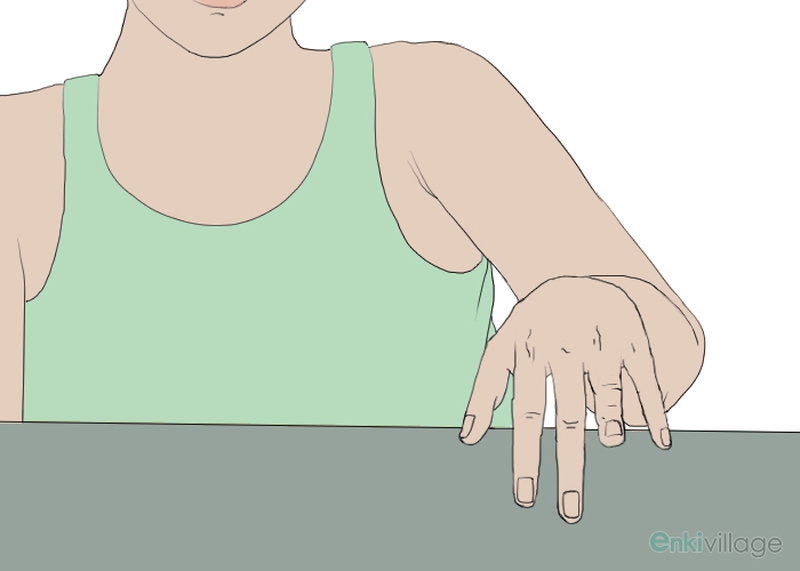
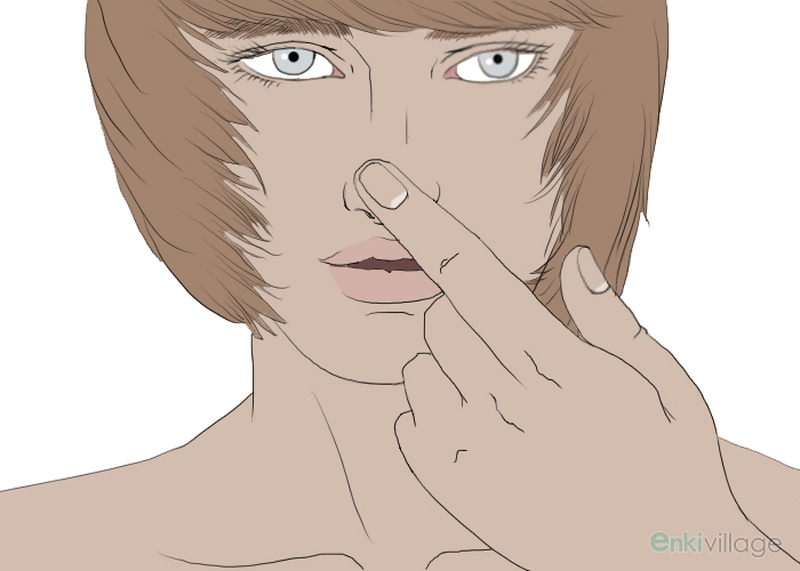
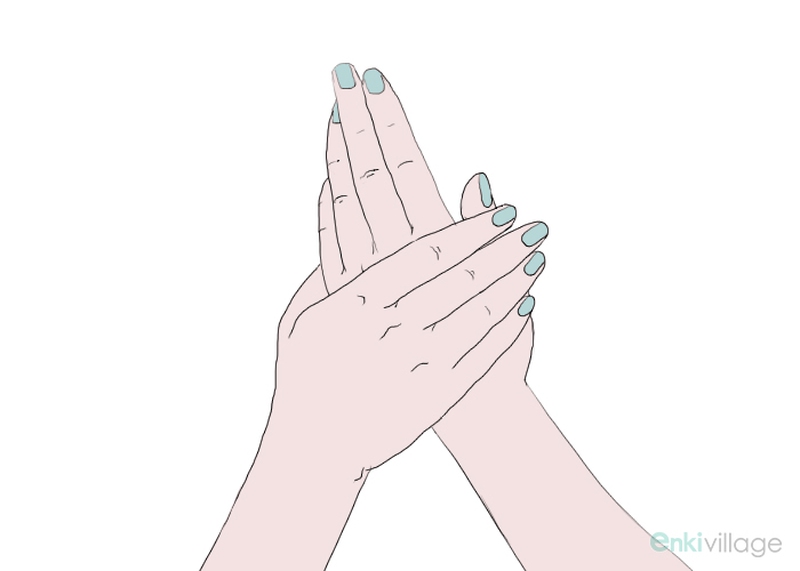
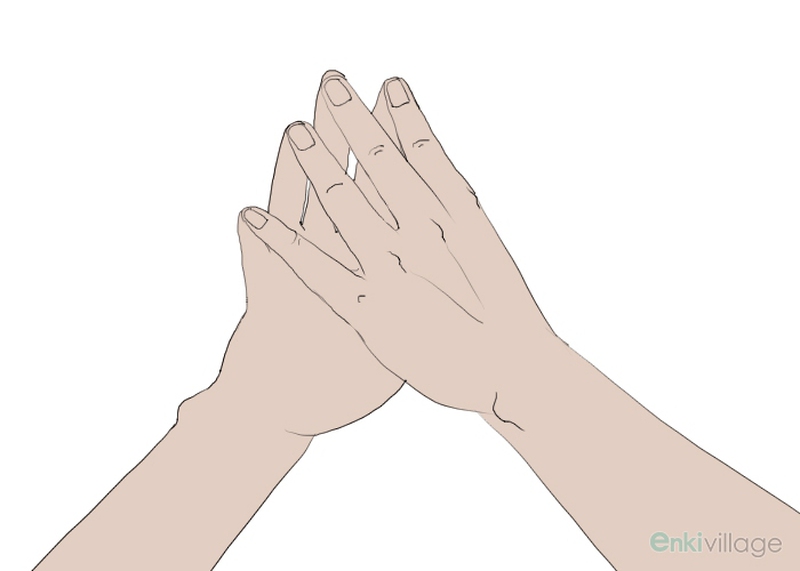
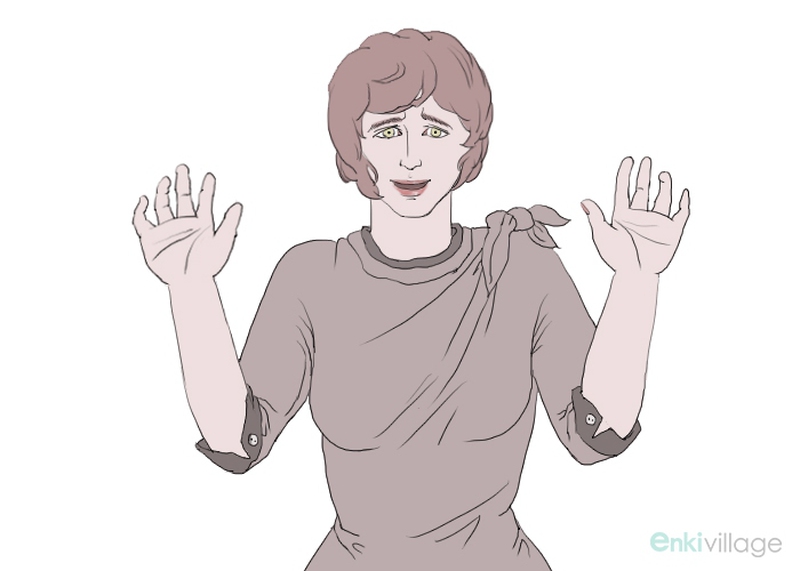
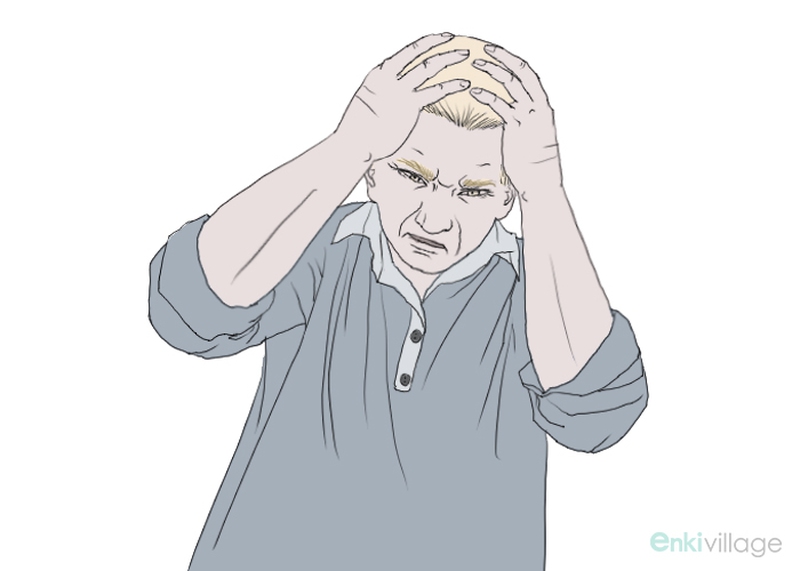
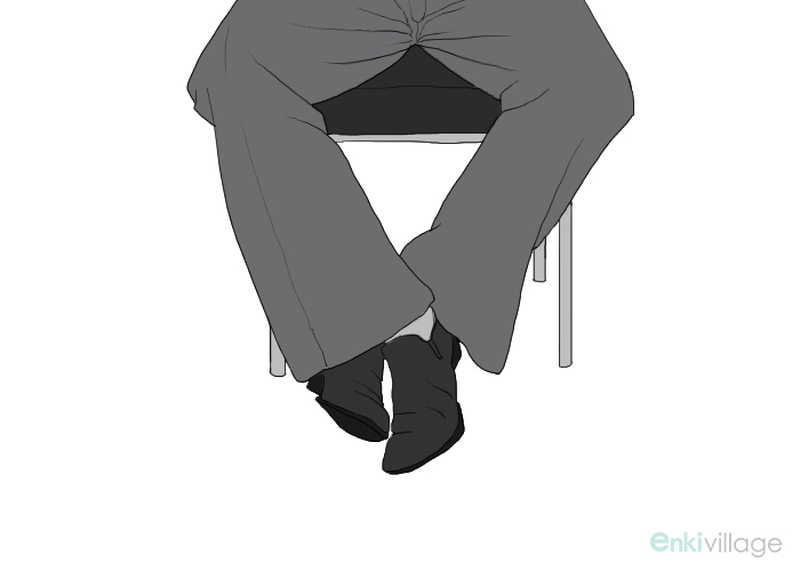

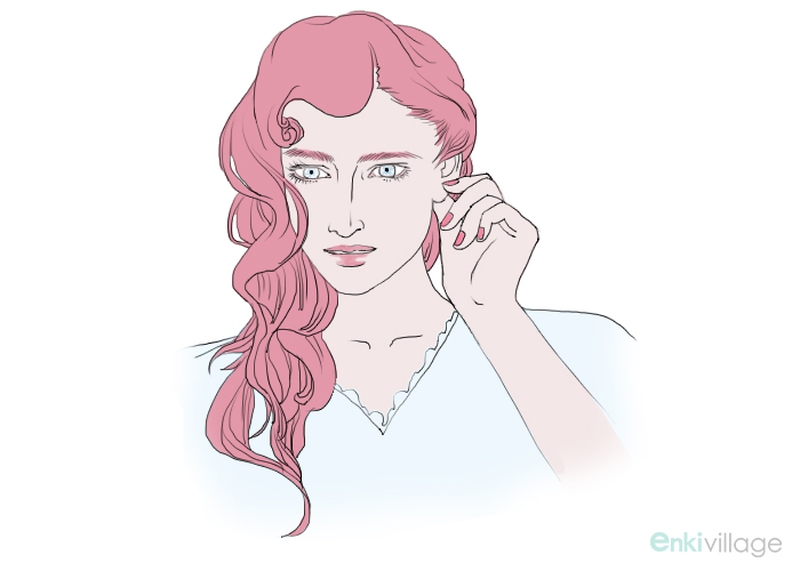
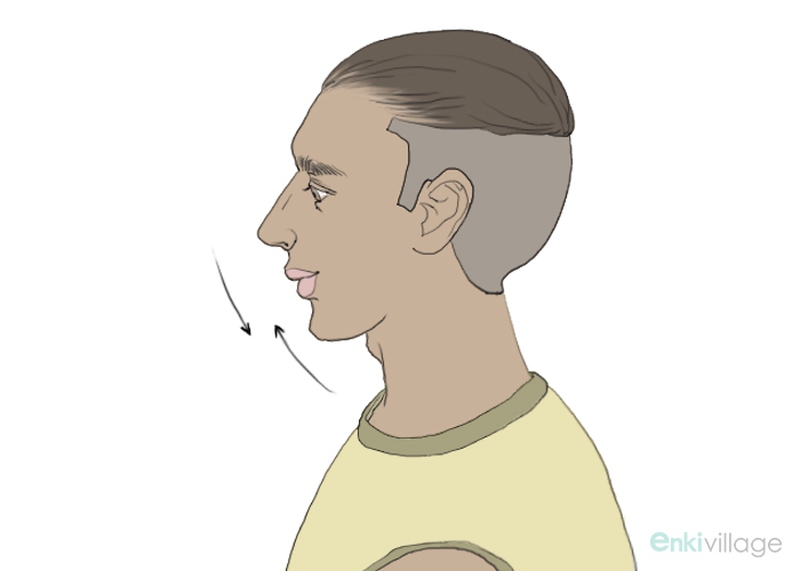

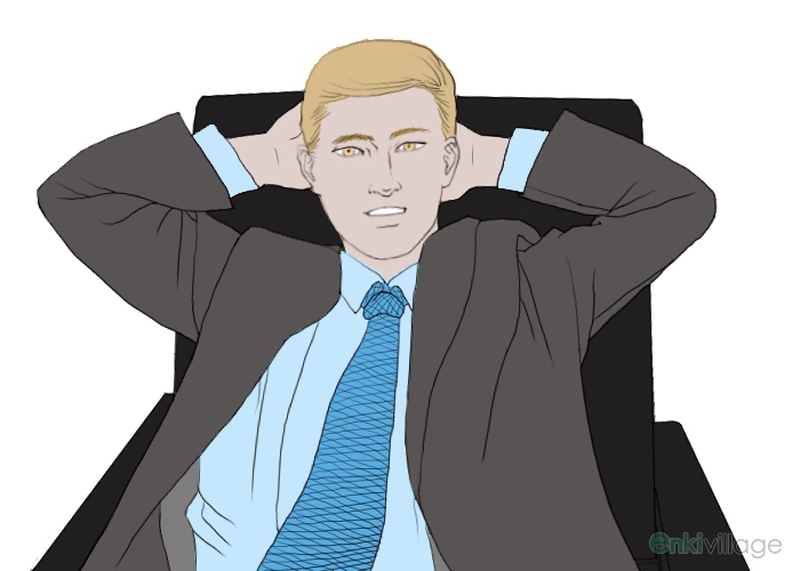
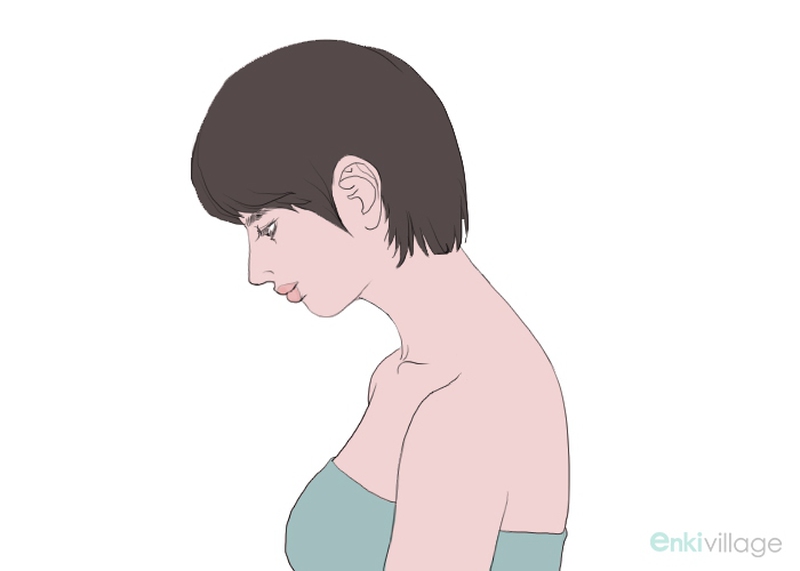
View All Comments /Add Comment